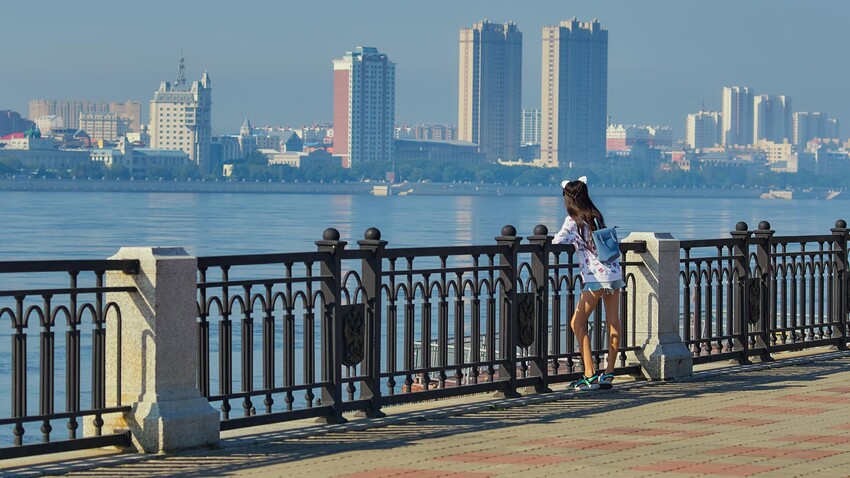
Amur River embankment in Blagoveshchensk
Legion MediaBefore Covid you could go to the Chinese city of Heihe by ferry. Many residents of Blagoveshchensk returned with gifts for relatives or friends, as well as with a wide array of goods in large bags. To avoid having to pay for boat delivery across the Amur, which is one of the world’s longest rivers, traders save money by asking tourists to carry Chinese goods destined for sale in Russia. This is because tourists, unlike business people, enjoy duty-free travel.

A monument to shopping girls in Heihe
Anastasia KuknerikIn Russia, people who carry such bags with goods are nicknamed "kirpichi" ["bricks", singular: kirpich] and the traders are called "fonari" [lanterns]. So, everyone here understands the meaning of the Russian phrase "at the weekend I'm going to China as a ‘brick’".
Blagoveshchensk is situated in the Amur Region of Russia’s Far East, about 7,900 kilometers from Moscow. You can reach Blagoveshchensk by air – a flight from Moscow takes about eight hours. By train, the journey takes six days. I am used to flying, which is much quicker and even cheaper. There are also subsidized student tickets that are half the price of the train ticket.
The population of Blagoveshchensk is 250,000, and the number has been growing thanks to the nearby Vostochny Cosmodrome close to the town of Tsiolkovsky. Engineers from Turkey, Belarus, Kazakhstan, Uzbekistan and other countries come to work here. Some of these specialists even take up residence in the Amur Region.
The cosmodrome has guided tours but to join one you’ll need to complete several steps regardless of whether you’re a Russian citizen or foreign national:
It is easy to encounter and sample Chinese culture in Blagoveshchensk: You can go to the embankment and see Heihe on the other side of the Amur. In the evening everything is brightly illuminated. Heihe’s buildings even sometimes display messages for the people of Blagoveshchensk. Here, for instance, are New Year’s greetings to Blagoveshchensk residents - I filmed this in January 2022.
Heihe seen from Blagoveshchensk
The proximity of the two very different cities significantly helps local tourism. At least, it did before Covid. Russians traveled to Heihe by ferry, and those who are officially registered residents of the Khabarovsk Territory, or the Amur and Chita regions, don’t need a visa. Residents of other Russian regions, however, need one.
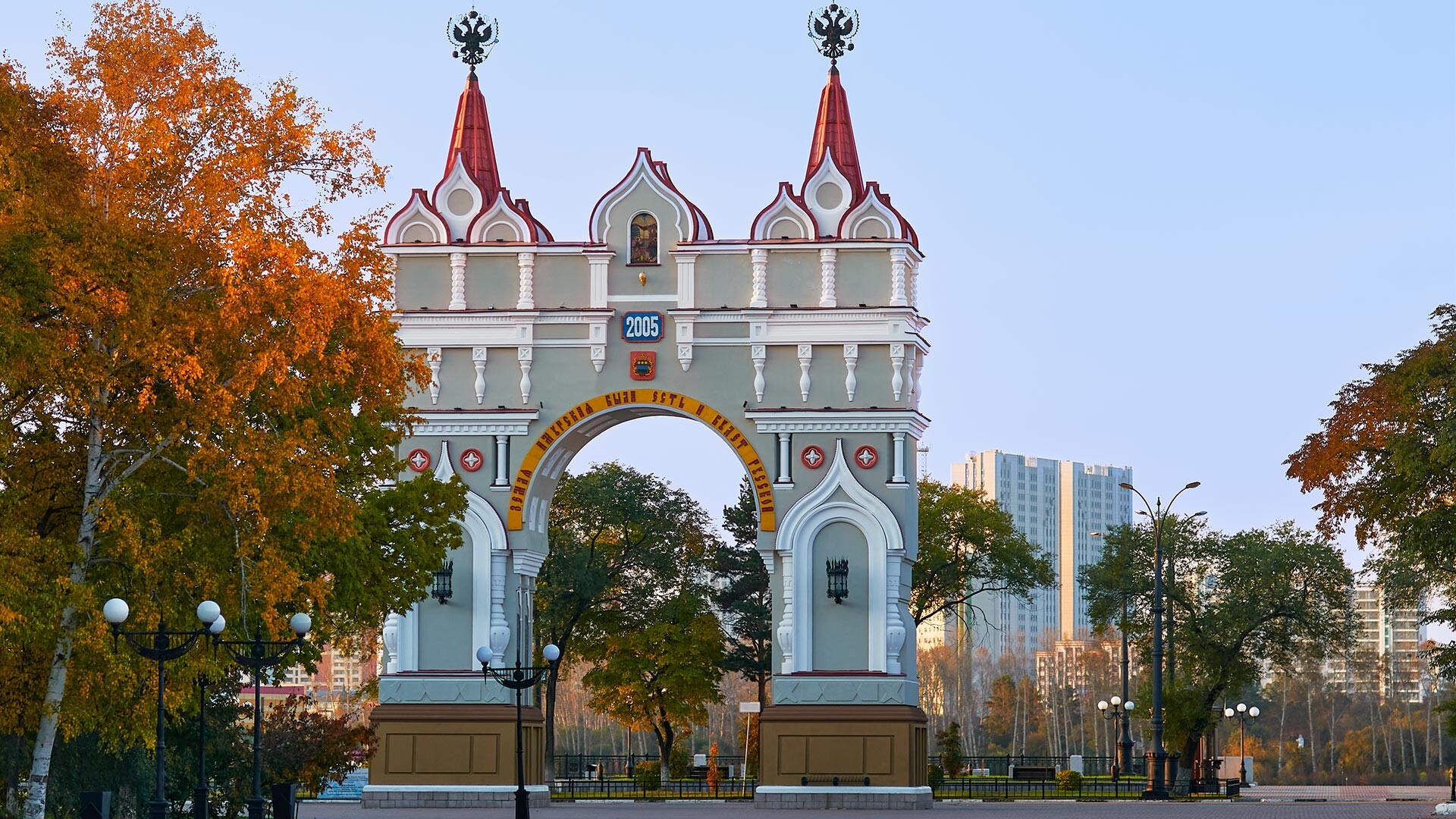
An arch in Blagoveshchensk commemorating a visit of Nicholas II in 1891
Legion MediaThe journey takes 15 minutes. Delays and long lines at customs are common, especially during holidays. The last time I went to Heihe was in January 2020 - right before lockdown. My family and I had to wait two hours to get through customs, but that wasn't too bad.
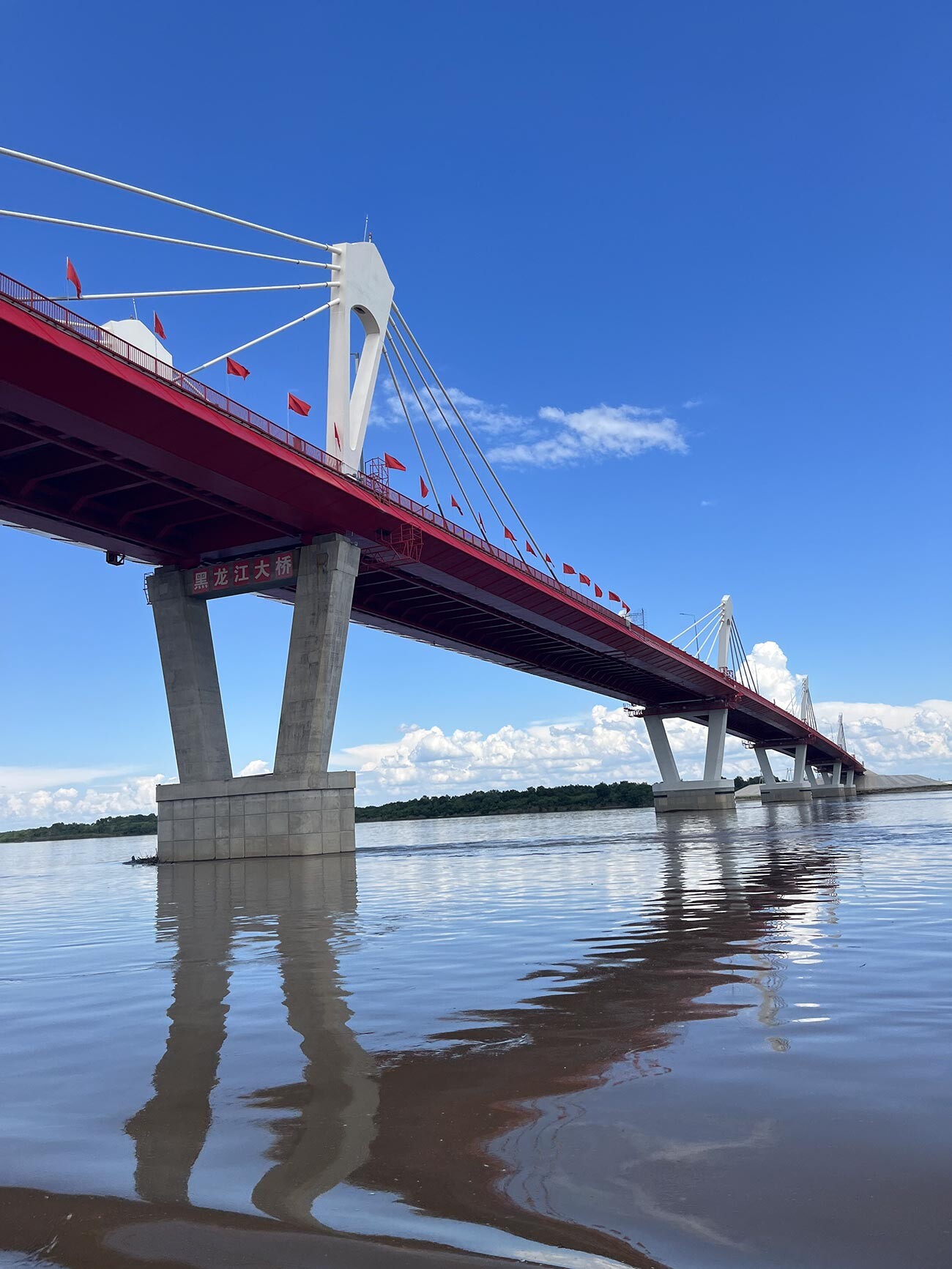
A new bridge over the Amur River
Anastasia KuknerikAlso, an international bridge has been built connecting the two cities. It opened for traffic on June 10, 2022. For the time being, however, only commercial traffic can use the bridge; it will open for tourists in 2025. You can take a look at the Blagoveshchensk-Heihe bridge at a distance from one of the tourist boats - they go out three times a day and then return to the city. The view is impressive!

View on the new bridge from a tourist boat
Anastasia KuknerikDue to Covid restrictions, it’s currently not possible to go across the Amur and visit Heihe. You can only fly there via Shanghai or Beijing. Direct links were suspended in 2020. People can't wait for them to reopen: Residents of Blagoveshchensk and Heihe want to start visiting each other again!
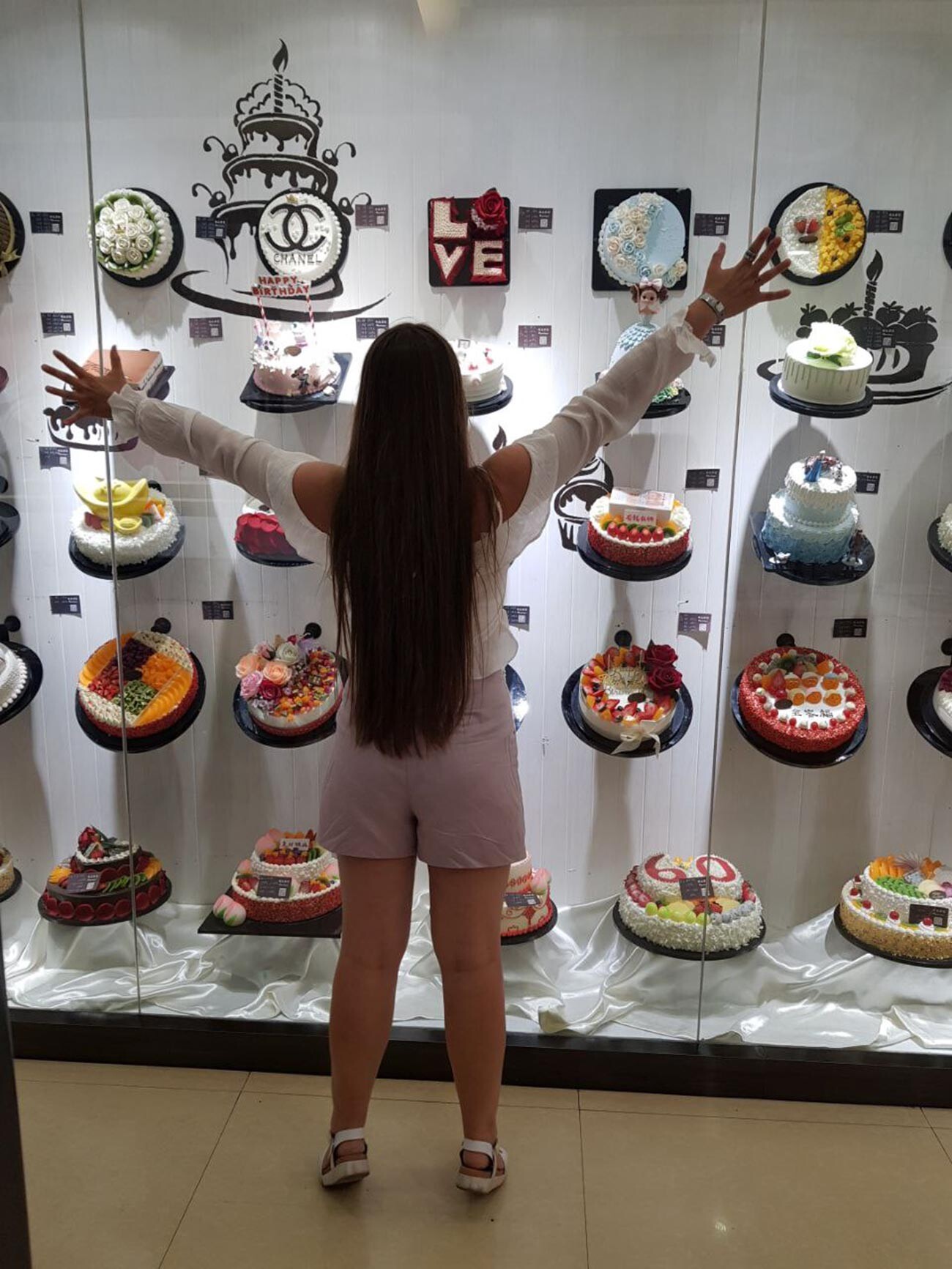
A bakery in Heihe
Anastasia KuknerikBefore the Covid restrictions, Blagoveshchensk and Heihe regularly hosted celebrations of international cross-cultural cooperation. The Russian-Chinese Culture and Art Fair has been held in the two cities each year since 2010. Chinese and Russian artists and ensembles perform at the festival.
The festival's aim is to draw tourists' attention to what is special and distinctive in the national cultures of the peoples of China and Russia. Not only do professionals perform, but also schoolchildren. For instance, several classmates of mine were in the singing group Kolosok. They sang regularly at the festival in Heihe and even brought home prizes.
The festival did take place in 2021 - Covid restrictions had to be observed - but without the participation of visitors from China. Meet-the-artist events and master classes were organized, while the official ceremony was held online. The Russian-Chinese cultural fair is also due to be held in 2022. In May, it was announced that the event would be moved to August, although lectures and seminars were already held during the summer. We await the official opening!
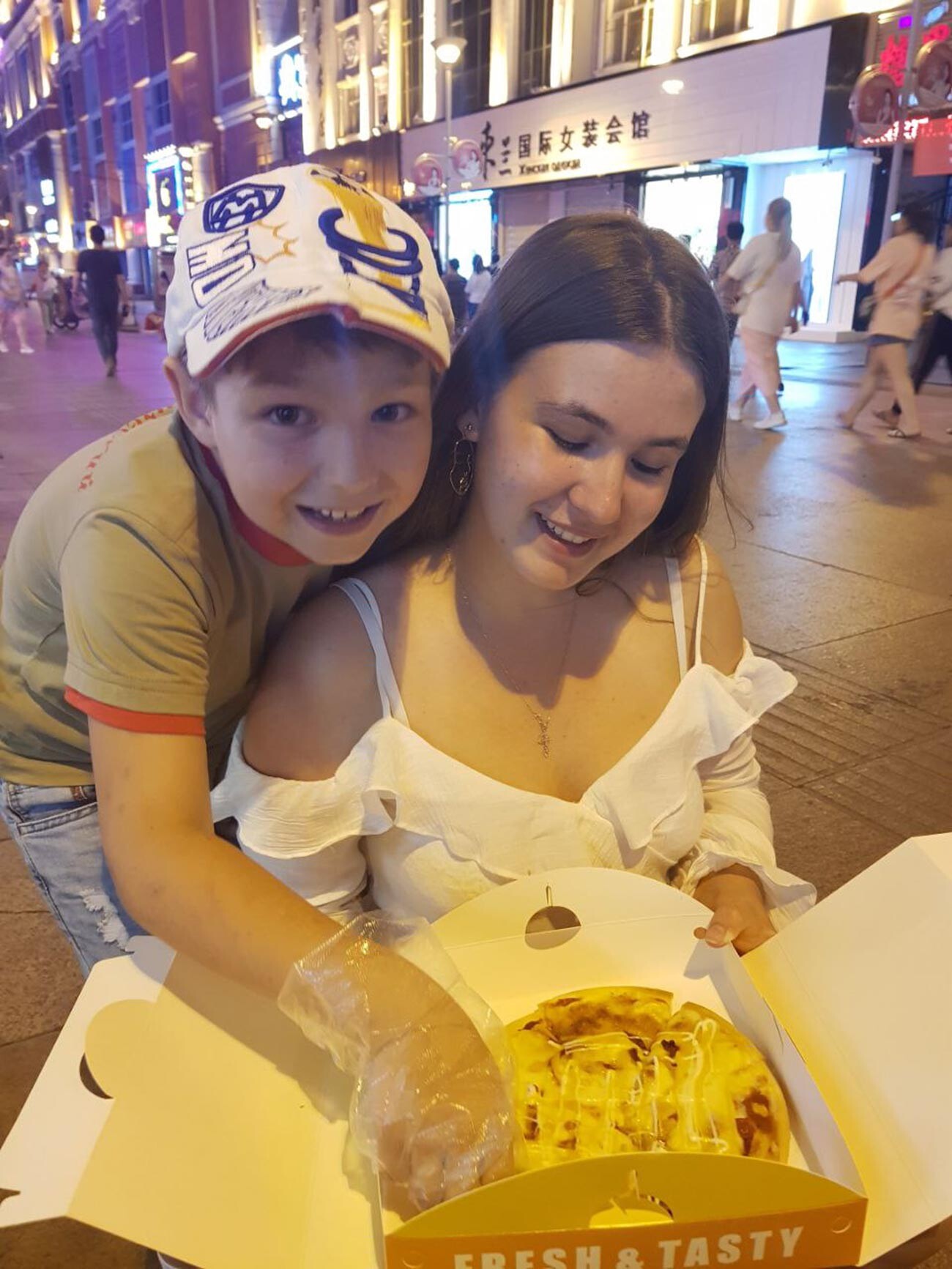
Street food in Heihe
Anastasia KuknerikThe two cities have been gravitating towards each other for 73 years (Blagoveshchensk was founded in 1858 and Heihe in 1949).
Blagoveshchensk has 42 Chinese restaurants. The tradition of ordering Chinese food for special occasions is a firmly established tradition in the city. Our family likes "Heihe" salad, "chisanchi" and meat in a sweet and sour sauce. My mother sometimes even makes these dishes!
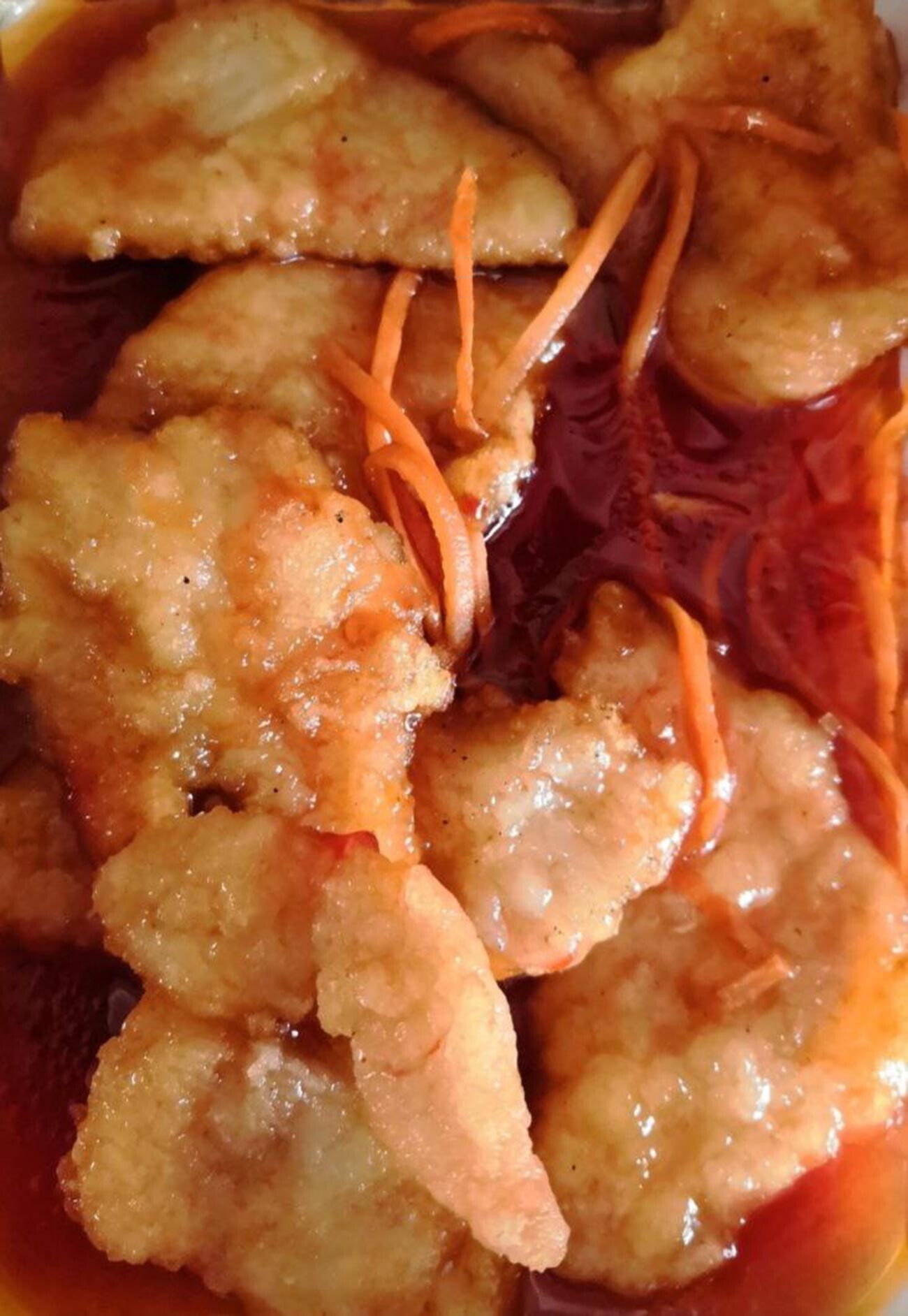
Meat in a sweet and sour sauce
Anastasia KuknerikChinese foods can be found in every supermarket in Blagoveshchensk. Instant noodles are particularly popular - they are very spicy compared with similar Russian ones. Chinese cosmetics and household detergents are also in demand. "If it's Chinese, it's good quality," my mother says.
The Chinese market is where the people of Blagoveshchensk go to let off steam. Haggling is highly recommended here, and you can negotiate a better price for any item. "If you haggle with a Chinese person, it means you respect them," my grandmother used to say.
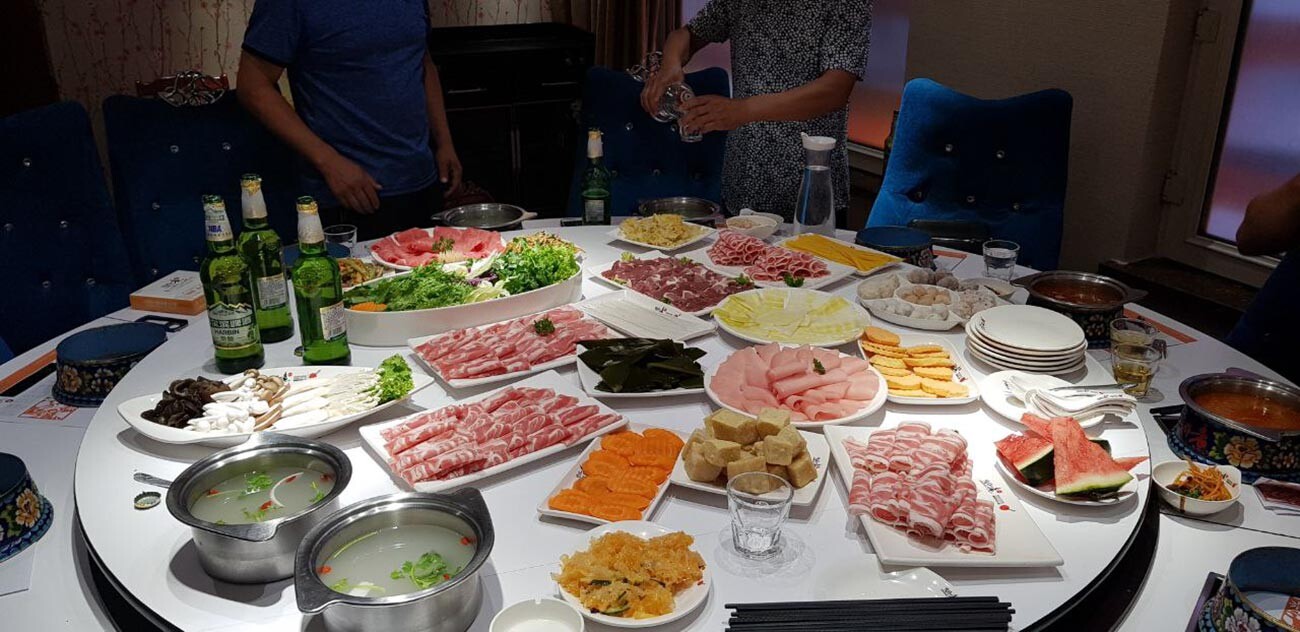
Chinese food
Anastasia KuknerikMandarin is taught in Blagoveshchensk schools, and there are departments at Amur State University and Blagoveshchensk State Pedagogical University where translators and teachers are trained. Students from China are common. Likewise, there are also many Russians in Heihe. As for me, I studied Mandarin from the 5th to 8th grades at school. I remember many of the written characters, which makes it easier to understand the lists of ingredients on packaging and even to converse a little with Chinese people.
The proximity to the Russian border has also had an impact on life in Heihe. Chinese supermarkets stock Russian goods. Alenka chocolate and cow's milk are particular favorites. The latter is simply not on sale in China, where soy milk is preferred and widely available in shops.
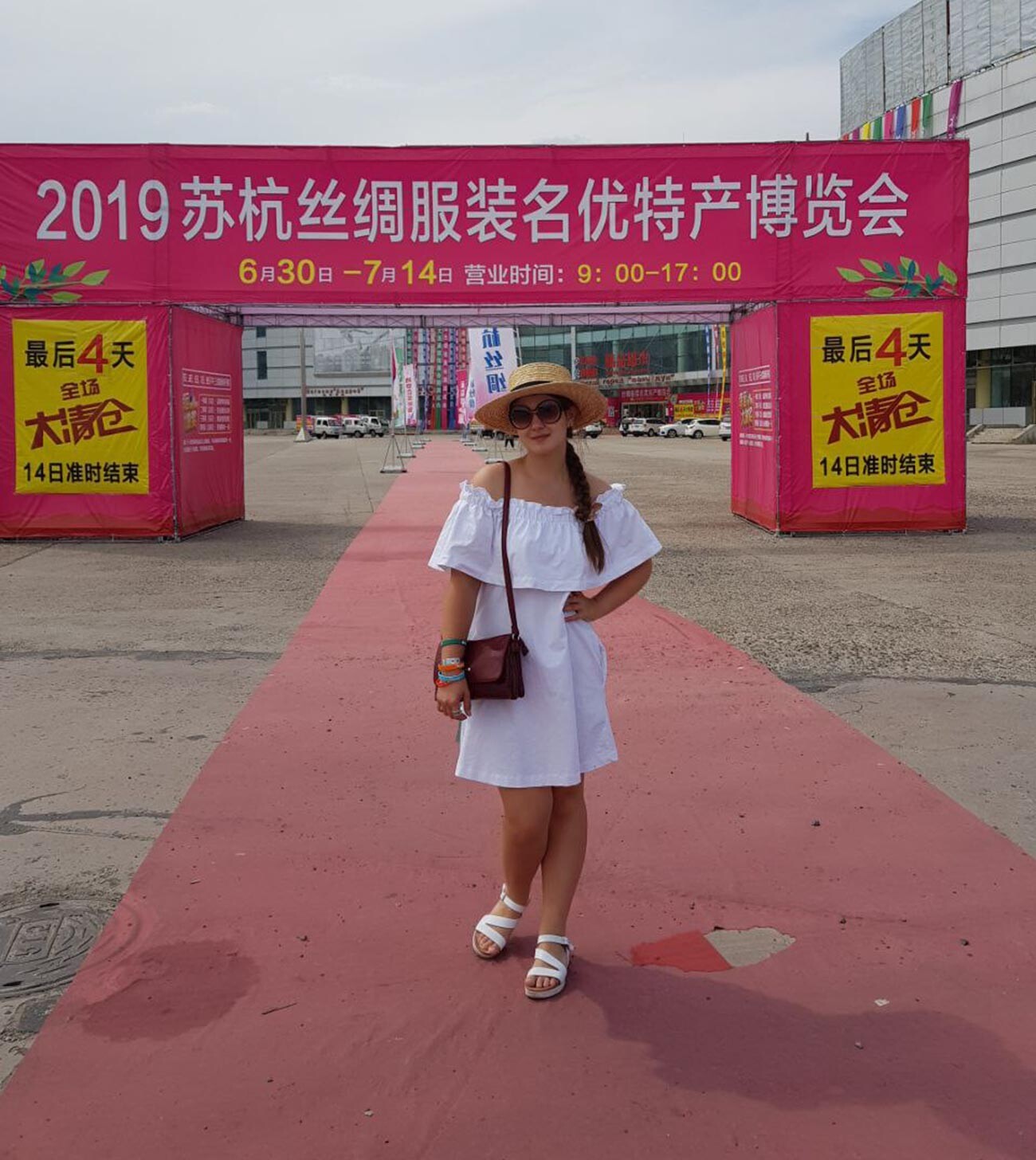
A mall in Heihe
Anastasia KuknerikRussian students with knowledge of Mandarin can go on study exchanges in Heihe. Various educational programs were available before lockdown, with students not only having intensive language practice but also learning the Chinese fitness exercise known as Qigong and visiting the sights of Heihe. The most famous of these is Food Square where, of course, you can get something to eat. But the most important building is the Pushkin Library! However, all the books are in Mandarin.
Another example of cross-cultural cooperation is the opening of the Alexander Tikhomirov Museum. The artist painted icons on old shutters. This type of painting is called okonopis [literally "window painting", a play on the word "ikonopis" - icon painting]. Tikhomirov was born in the Moscow Region in 1956, but lived in Blagoveshchensk from 1984.
The Amur Local History Museum has an exhibition devoted to his art, while in Heihe an entire museum dedicated to his work opened. There are Chinese guides who speak excellent Russian.
The cultural lives of Blagoveshchensk and Heihe have become intermingled and enrich each other. Seeing people from the other side of the river doesn’t raise eyebrows among locals in either city. And even though today these are mainly people who had moved permanently before the Covid restrictions, the locals hope that life will soon resume its natural course and that reciprocal visits from one side of the river to the other will once again become more frequent. One thing is for sure, the new bridge will facilitate this.
Dear readers,
Our website and social media accounts are under threat of being restricted or banned, due to the current circumstances. So, to keep up with our latest content, simply do the following:
If using any of Russia Beyond's content, partly or in full, always provide an active hyperlink to the original material.
Subscribe
to our newsletter!
Get the week's best stories straight to your inbox